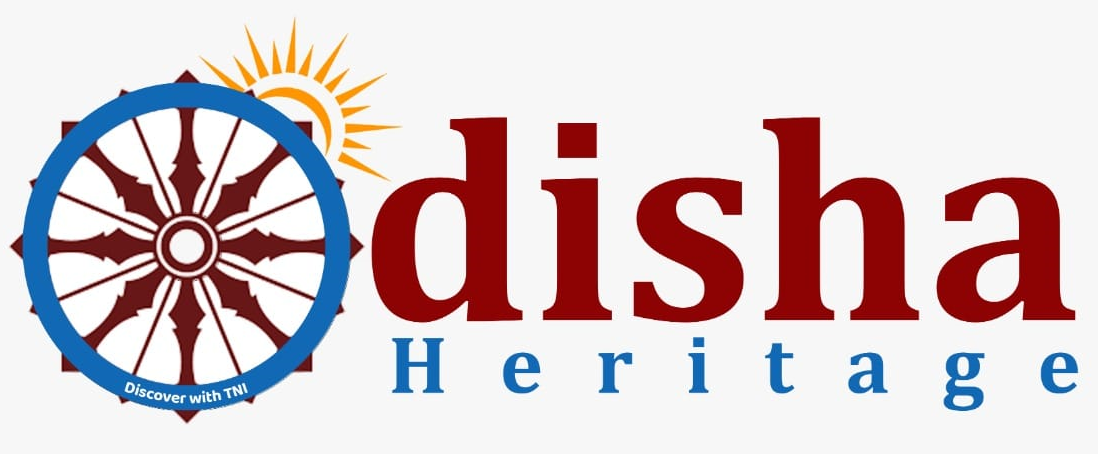The 140-year-old Chaitra Parva festival features the Mayurbhanj Chhau, an ancient dance genre. It is observed every year in Baripada, the district headquarters of Mayurbhanj, and Koraput, mostly before the Maha Visubha Sankranti Day in mid-April.
The three-day festival originated as a springtime harvest celebration under the Bhanja dynasty in the seventh century AD. This celebration is said to have been founded as an homage to the Hindu deity Shiva by Krushna Chandra Bhanj Deo, one of the Bhanj emperors.
The three days long festival is a package of complete entertainment that involves singing, dancing, dance dramas, hunting and splendid feasts.
Mayurbhanj’s Chhau dance form combines classical and folk elements, and its music draws from Odissi, Hindustani, and folk traditions. The term “chhauni,” which means military camp, is the source of the name, and some of the dance moves are modelled after the drills and simulated conflicts that soldiers would engage in to be prepared for combat. The dance combines athletics, acrobatics, and martial arts into a choreographed performance with religious themes from Vaishnavism, Shaivism, and Shaktism.
Visitors from all over the world travel to see the performances, which happen at night and fill the air with the sounds of drums like the kharka, dhol, and dhumsa, as well as reed pipes. The dancers perform folktales as well as narratives drawn from epics such as the Puranas, Mahabharata, and Ramayana.
The Mayurbhanj Chhau dancers don’t use masks, unlike the other two forms of the dance (common in Purulia, West Bengal, and Seraikela, Jharkhand), unless it’s their first time on the stage and introducing themselves to the audience. The dance is performed by male dancers from traditional artist families, but during the last ten or so years, a lot more women have taken up Chhau, and it’s becoming more and more usual to see troupes made up entirely of women at festivals.
In 2019, a survey conducted by Project Chhauni, an initiative to revive the lost glory of Mayurbhanj Chhau, listed 212 Chhau organisations and around 12,000 artistes across the district. In 2010 Chhau dance was inscribed in the UNESCO’s Representative List of the Intangible Cultural Heritage of Humanity.

